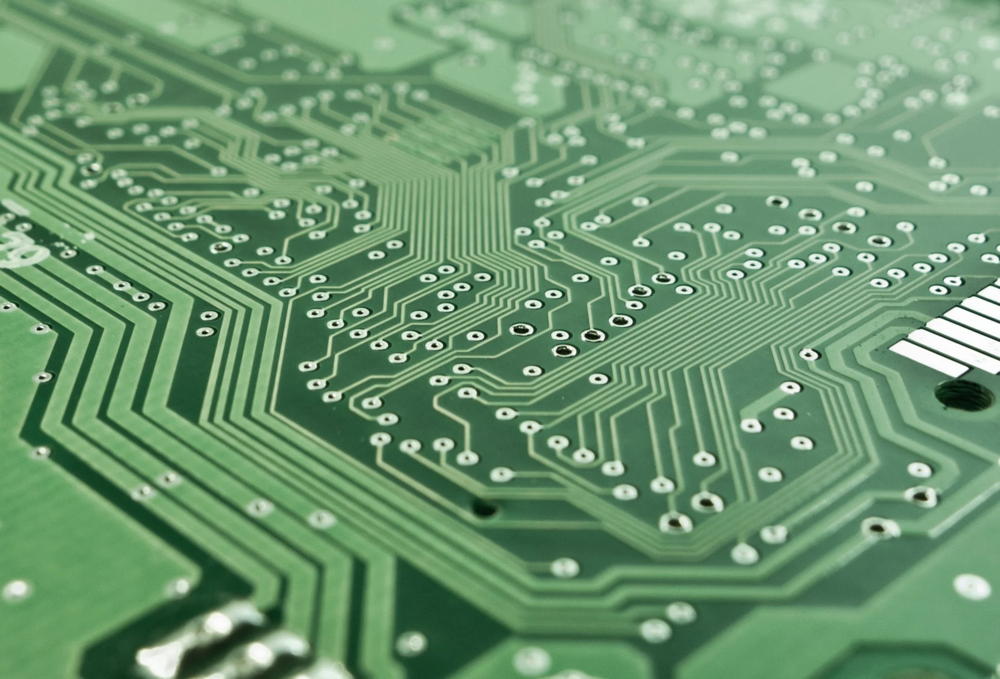Samsung ‘Sees Fourth-Quarter Chip Rebound’

Analysts expect Samsung to show lowest profit drop in six quarters in latest sign of semiconductor market recovery
Samsung Electronics is expected to report a smaller drop in profits than has become usual over the past year and a half, in the latest sign that a chip glut afflicting semiconductor makers may be easing.
Analysts expect the South Korean firm, which is the world’s biggest manufacturer of memory chips, smartphones and televisions, to report a 14 percent year-on-year fall in fourth-quarter profit when it announces preliminary earnings on Tuesday, according to LSEG data.
The firm is expected to report 3.7 trillion won ($2.8bn, £2.2bn) in operating profit for the October to December quarter, compared to 4.31tn won for the previous year.
The company’s last reported year-on-year profit increase was in the second quarter of 2022.

Chip downturn eases
In July the company’s guidance for the second quarter indicated a staggering 96 percent year-on-year fall in operating profits amidst an ongoing slump in demand for consumer electronics, including smartphones, triggered by a general economic slowdown and high interest rates.
For the third quarter it reported an operating profit of 2.4tn won, still significantly down from 10.85tn won the previous year, but up from the first quarter’s 640bn won and 670bn won for the second quarter.
The first quarter’s profits were the company’s lowest since its 590bn won profit in the first quarter of 2009 in the wake of the global financial crisis.
Samsung’s chip division, in the past its biggest source of profits, is expected to have reduced its quarterly loss to 1.2tn won in the fourth quarter, with its DRAM business expected to return to profit.
Memory chip prices rise
The division weighed on Samsung’s earnings last year, with losses of 4.36tn won and 3.75tn won in the second and third quarters, respectively, amdist the biggest chip industry downturn in decades.
The glut followed a surge in demand for consumer electronics during Covid-19 pandemic lockdowns, which in turn triggered a chip shortage that turned into a glut once pandemic conditions eased.
During the fourth quarter the company experienced a sharp spike in its stock market valuation as investors anticipated a chip recovery this year.
Mobile DRAM prices rose 18 to 23 percent during the fourth quarter, according to TrendForce figures cited by Reuters, while mobile NAND flash chip prices rose 10 to 15 percent.
US competitor Micron Technology last month forecast quarterly revenue above market estimates in another sign of a possible market recovery in 2024.